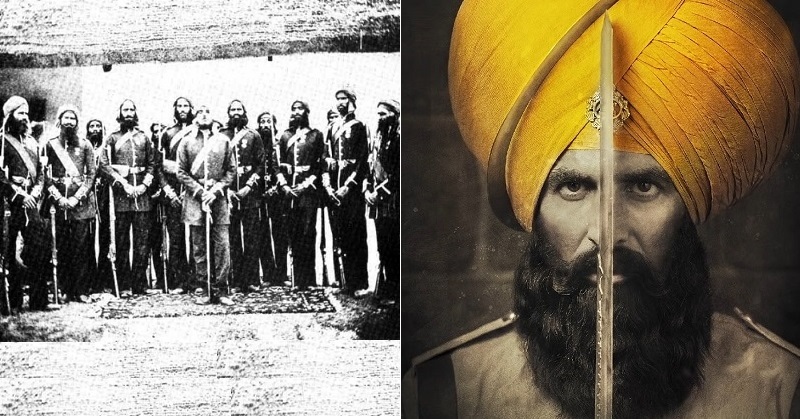Context
-
September 12 marks the 124th anniversary of the Battle of Saragarhi that has inspired a host of armies, books and films, both at home and abroad.
What is the Battle of Saragarhi?
- The Battle of Saragarhi is considered one of the finest last stands in the military history of the world.
- Twenty-one soldiers were pitted against over 8,000 Afridi and Orakzai tribals but they managed to hold the fort for seven hours.
- Though heavily outnumbered, the soldiers of 36th Sikhs (now 4 Sikh), led by Havildar Ishar Singh, fought till their last breath, killing 200 tribals and injuring 600.
What was Saragarhi, and why was it important?
- Saragarhi was the communication tower between Fort Lockhart and Fort Gulistan. The two forts in the rugged North West Frontier Province (NWFP), now in Pakistan. were built by Maharaja Ranjit Singh but renamed by the British.
- Though Saragarhi was usually manned by a platoon of 40 soldiers, on that fateful day, it was being held by only 21 soldiers from 36th Sikh (now 4 Sikh) and a non-combatant called Daad, a Pashtun who did odd jobs for the troops.

Pic Credit: https://www.postoast.com/ - Saragarhi helped to link up the two important forts which housed a large number of British troops in the rugged terrain of NWFP.
- Fort Lockhart was also home to families of British officers. The wife of the commanding officer of 36th Sikh, Lt Col John Haughton, was at the fort till May 1897 when she went home to deliver a baby.
What transpired on that day?
- Around 9 am that day, the sentry at Saragarhi saw a thick haze of dust and soon realized that it was caused by a large army of tribals marching towards the fort.
- The 8,000 and 15,000 tribals wanted to isolate the two forts by cutting off the lines of communication between them.
- Unfortunately, the Pathans had cut the supply route between Fort Lockhart and Saragarhi.
Who was Havildar Ishar Singh who led the troops?
- Havildar Ishar Singh was born in a village near Jagraon.
- He joined the Punjab Frontier Force in his late teens after which he spent most of his time on various battlefields.
- Soon after it was raised in 1887, Ishar was drafted into the 36th Sikhs.
- He was in his early 40s when he was given independent command of the Saragarhi post.
- Ishar Singh was quite a maverick who dared to disobey his superiors but he was loved by his men for whom he was always ready to go out on a limb.
How was the news of the battle received in Britain?
- Making a departure from the tradition of not giving gallantry medals posthumously,
- Queen Victoria awarded the 21 dead soldiers — leaving out the non-combatant — of the 36th Sikh the Indian Order of Merit (comparable with the Victoria Cross) along with two ‘marabas’ (50 acres) and Rs 500 each.
How are the slain soldiers remembered?
- In 2017, the Punjab government decided to observe Saragarhi Day on September 12 as a holiday.
- Even today the Khyber Scouts regiment of the Pakistani army mounts a guard and salutes the Saragarhi memorial close to Fort Lockhart.
- The British, who regained control over the fort after a few days, used burnt bricks of Saragarhi to build an obelisk for the martyrs. They also commissioned gurdwaras at Amritsar and Ferozepur in their honour.
History Current Affairs UPSC 2021: Click Here
